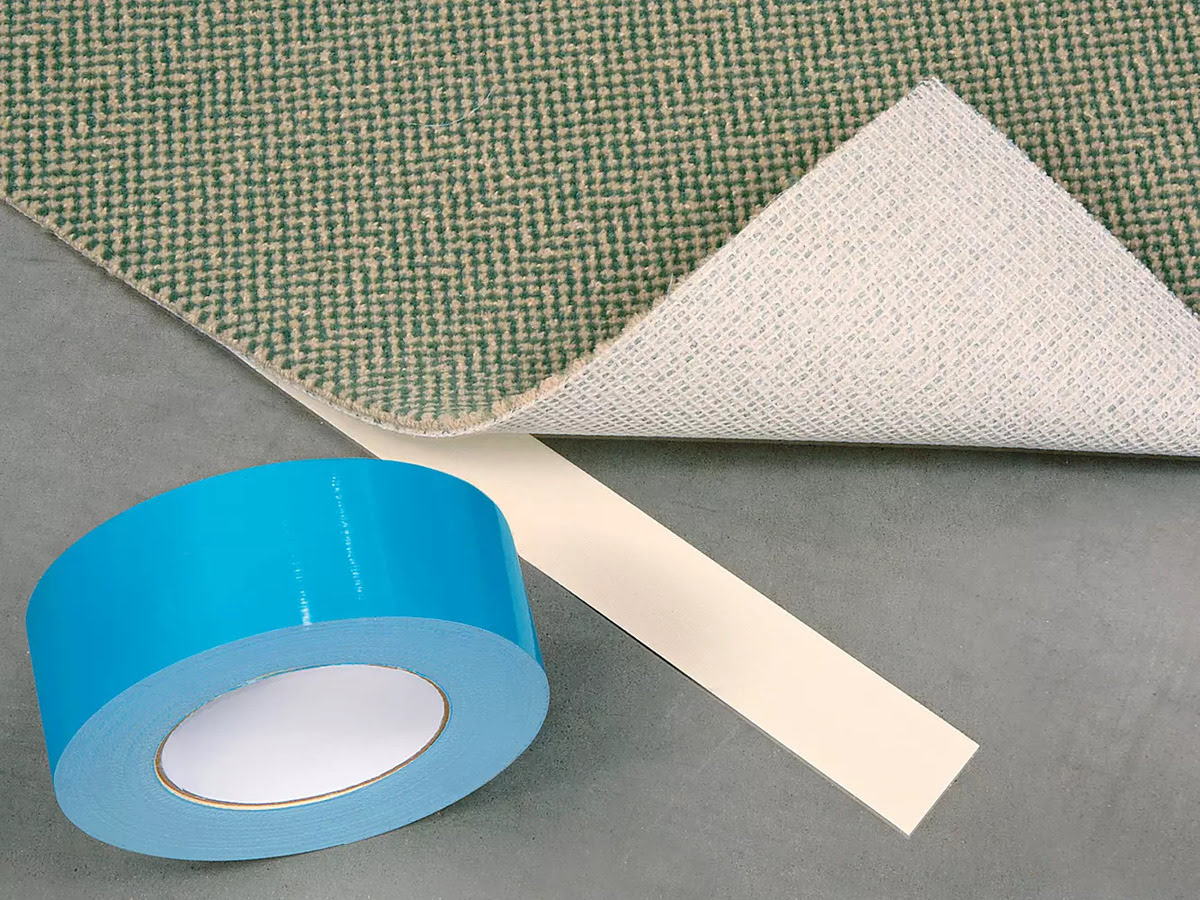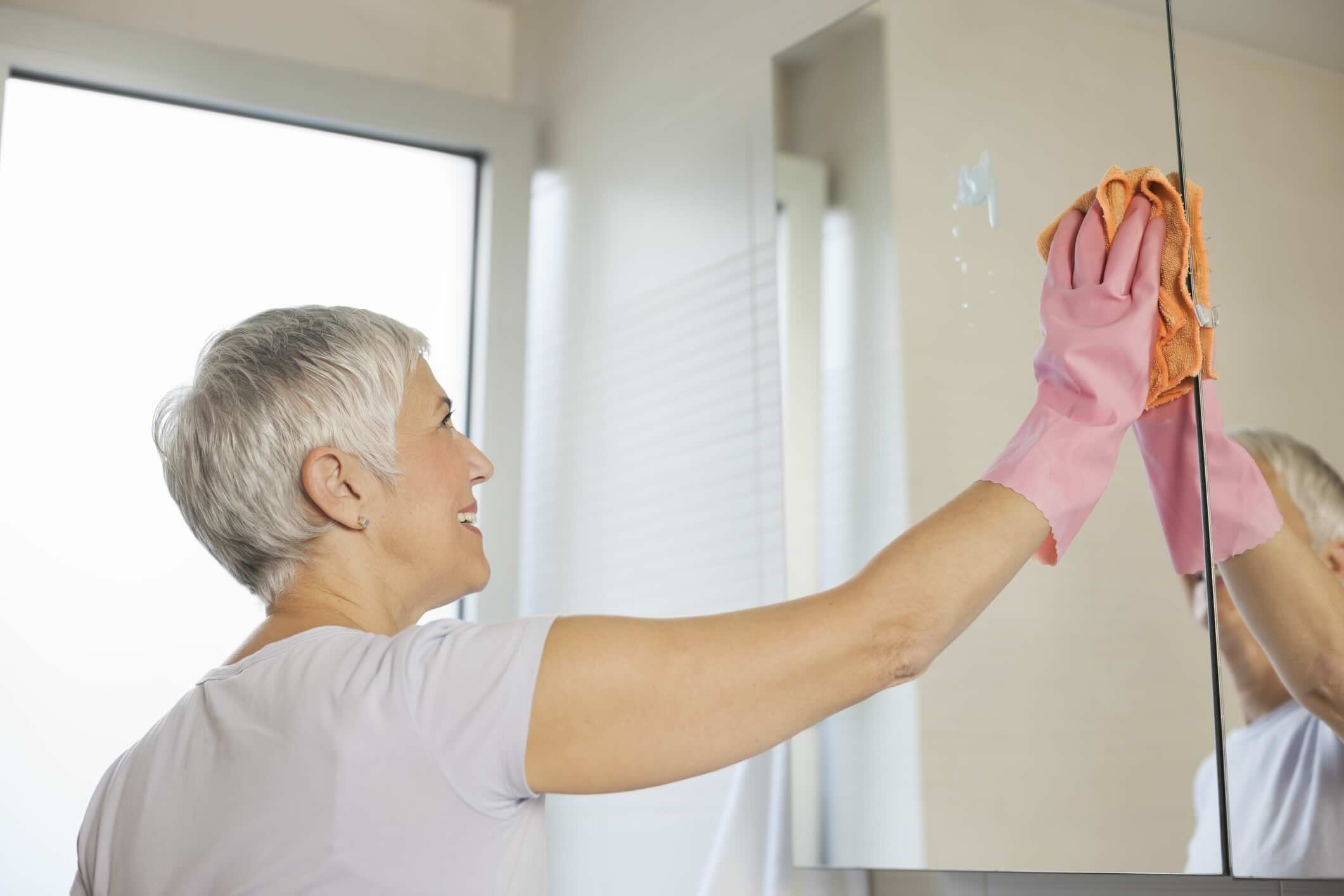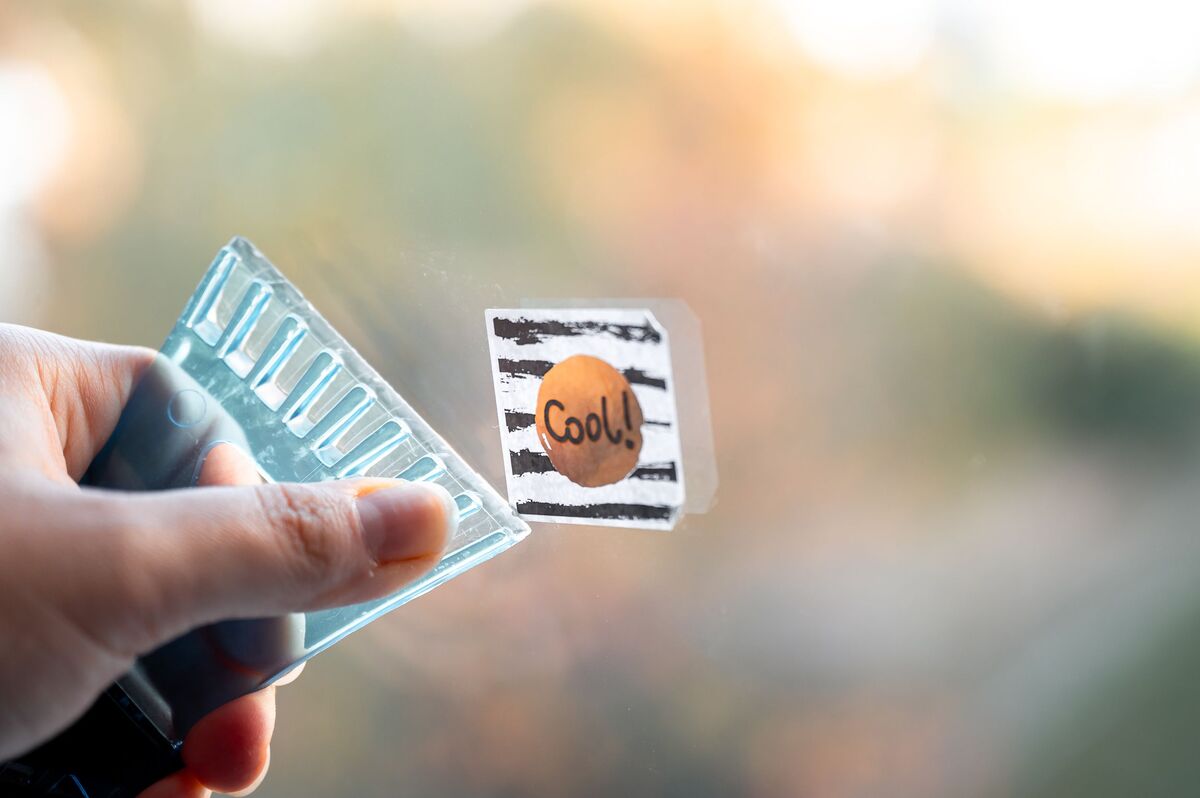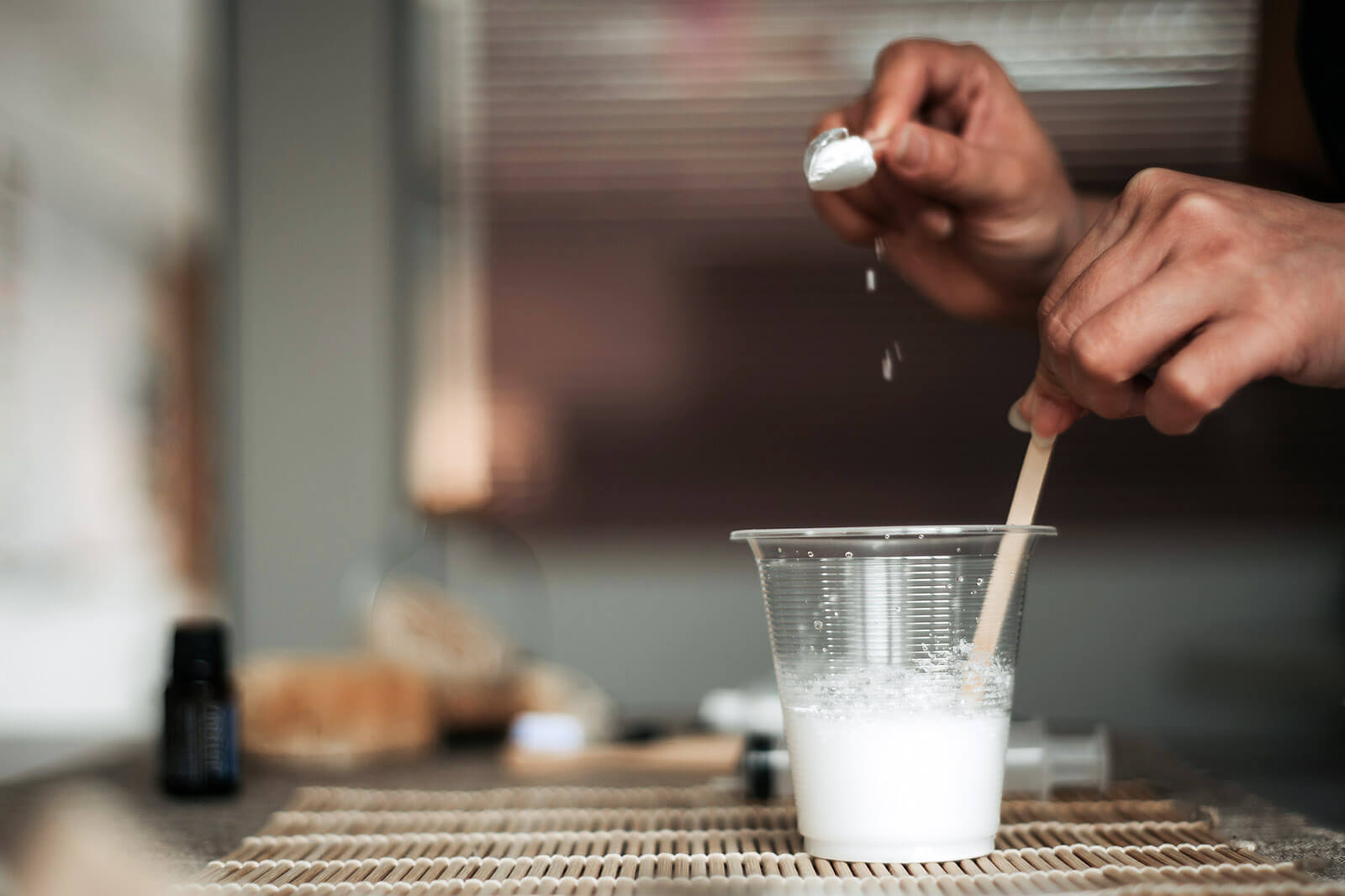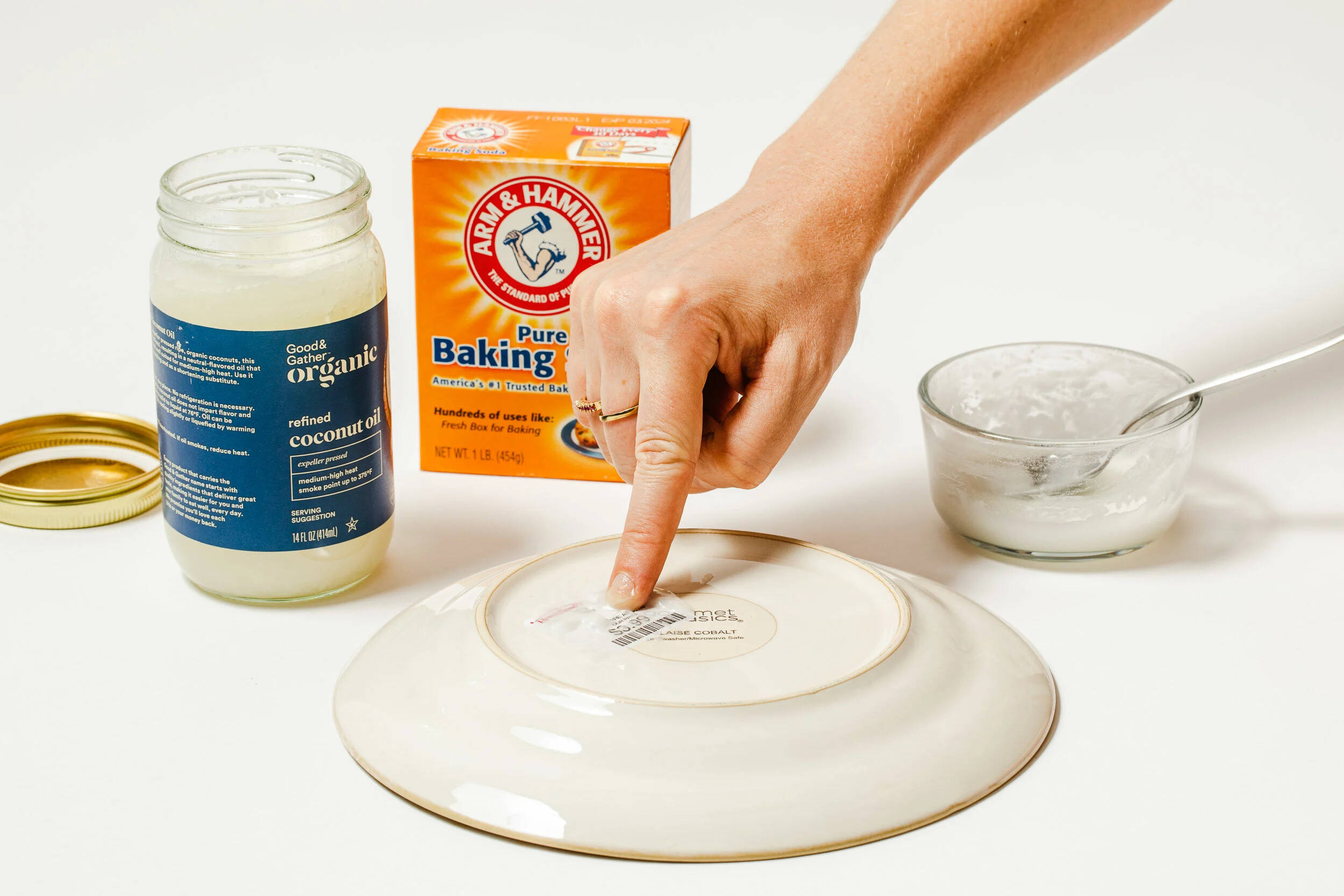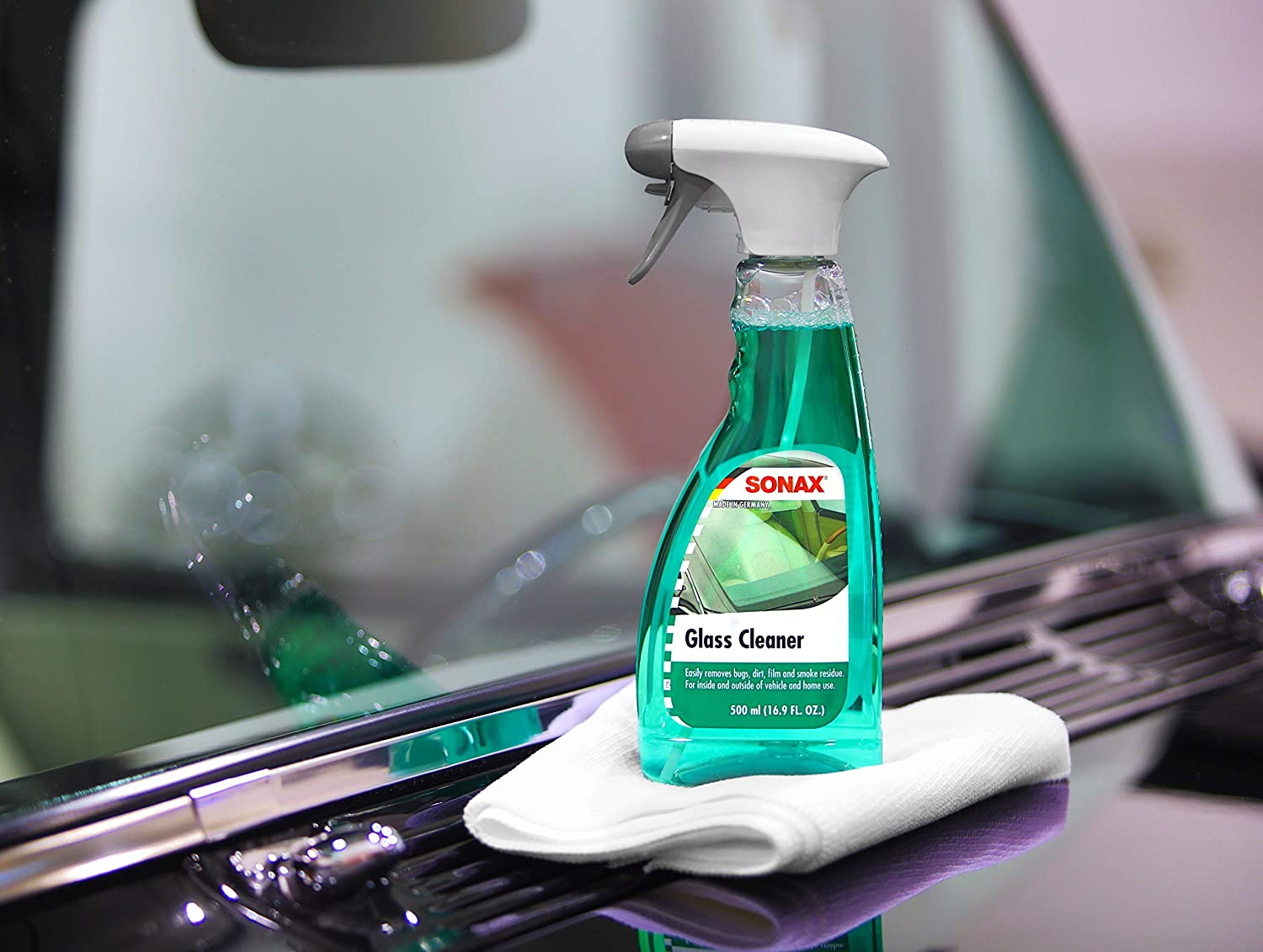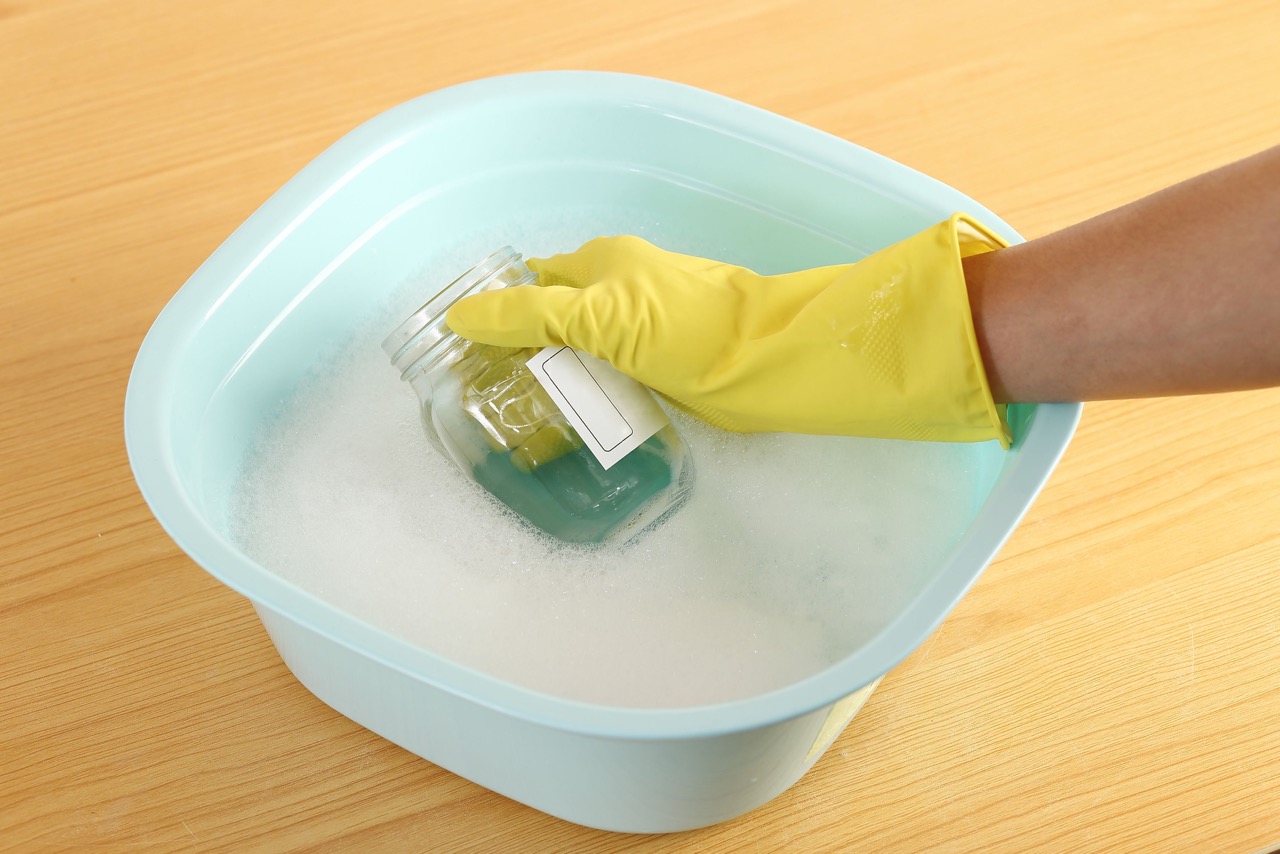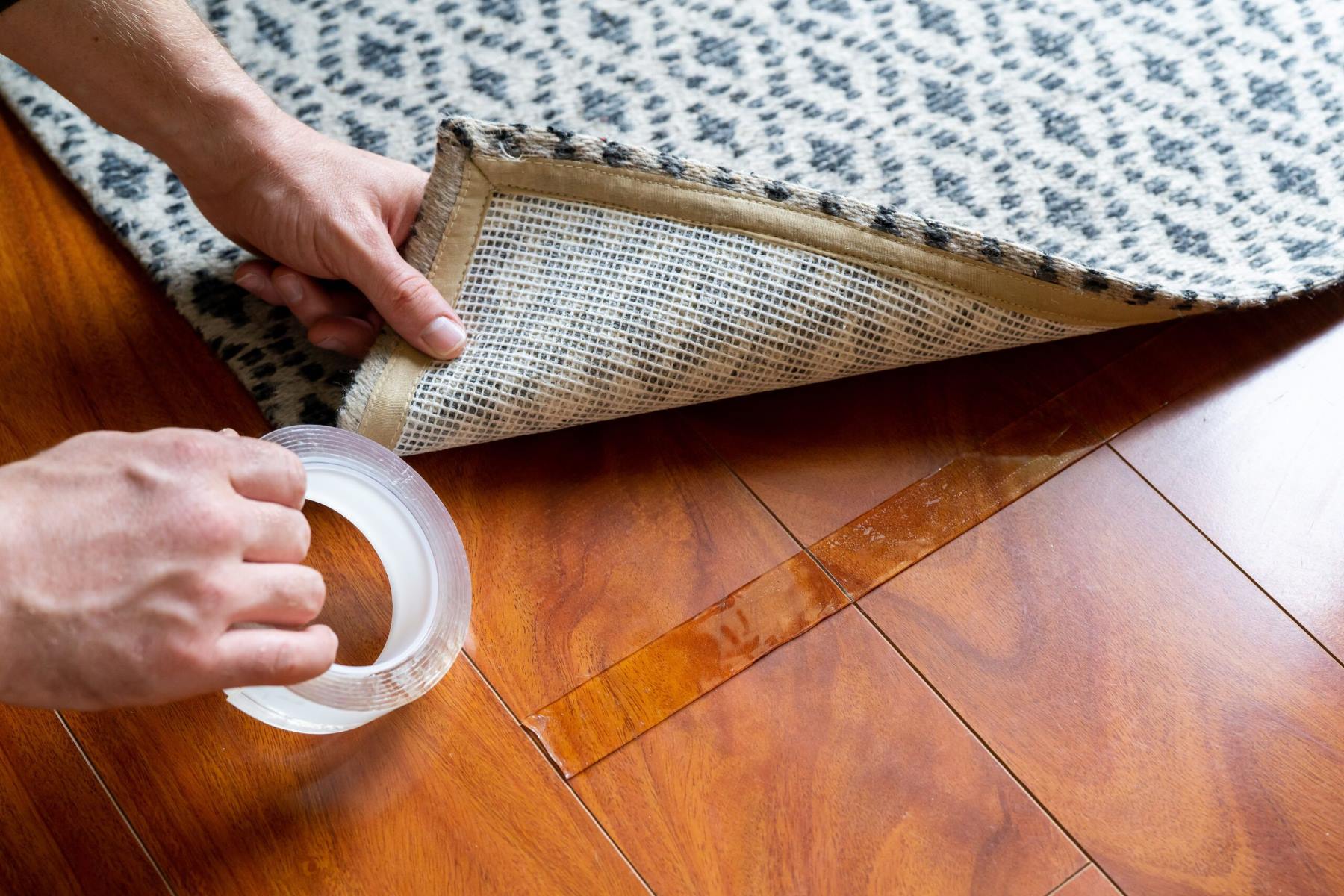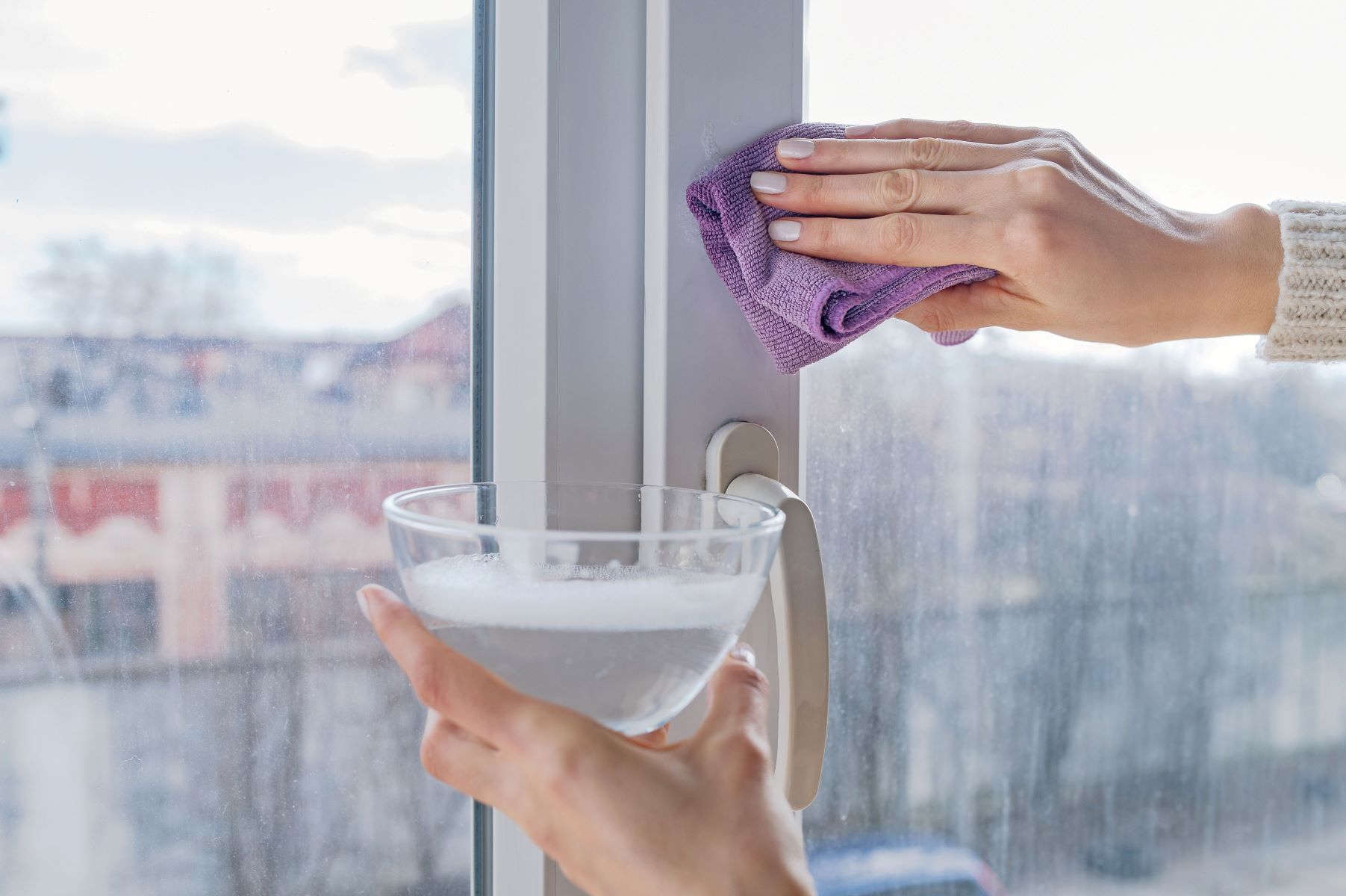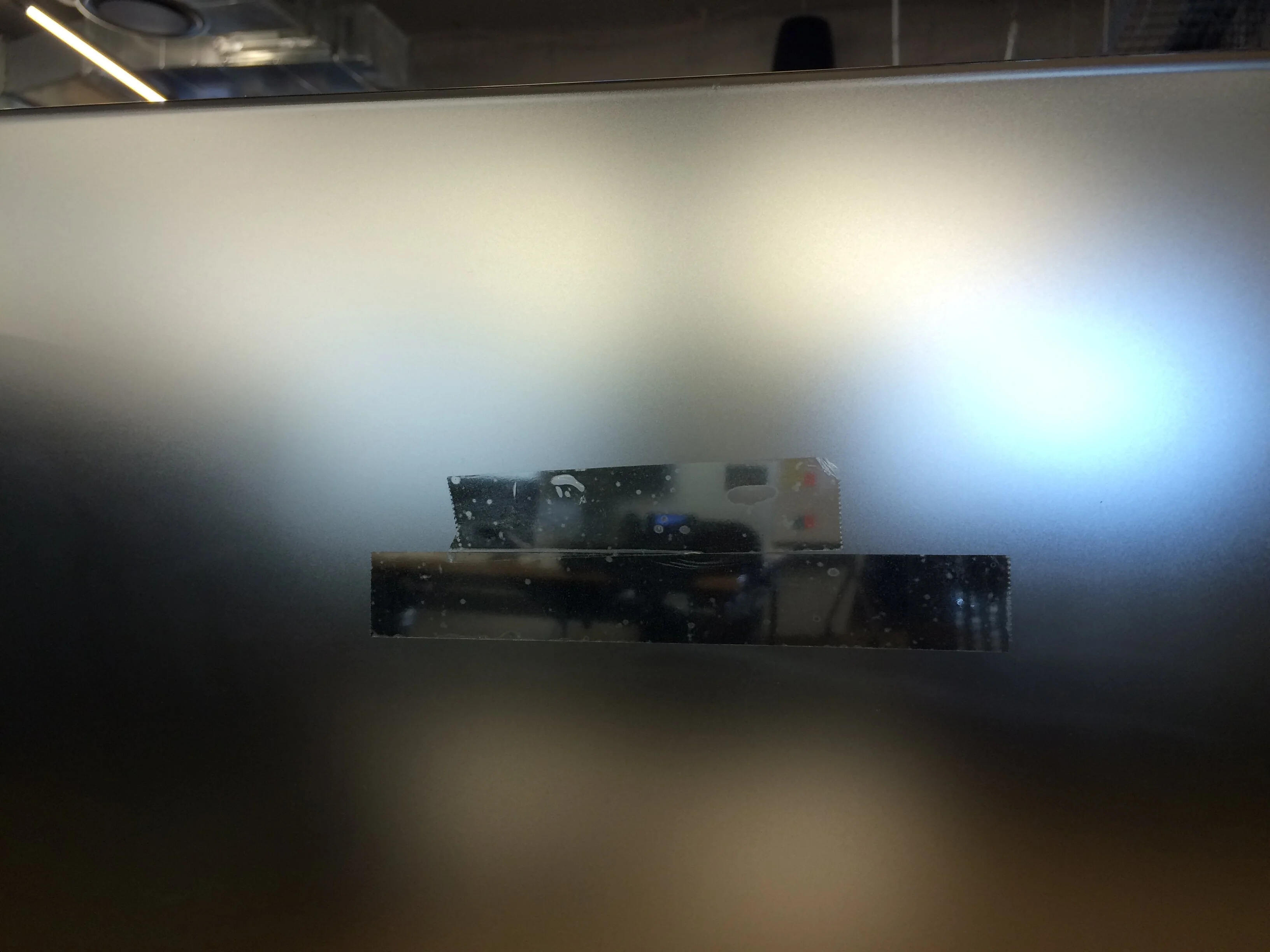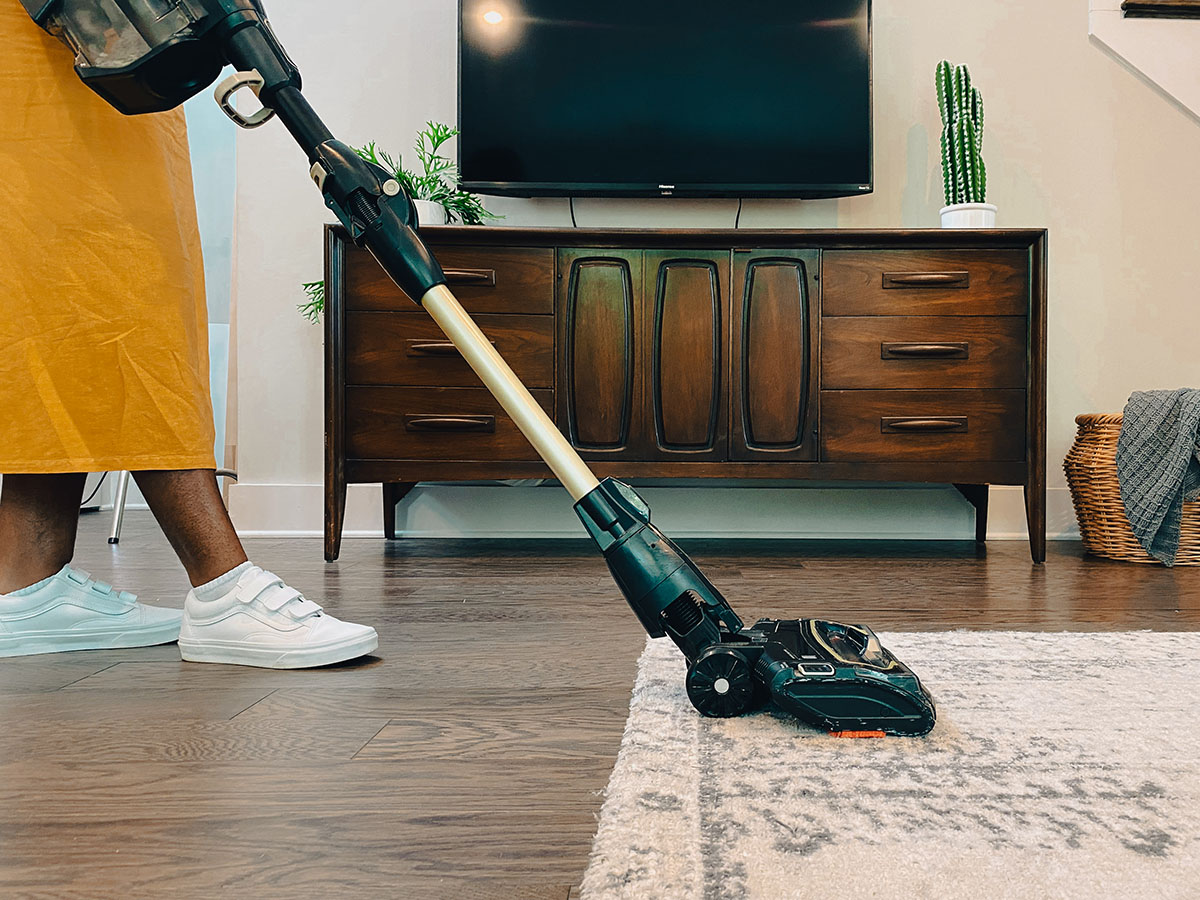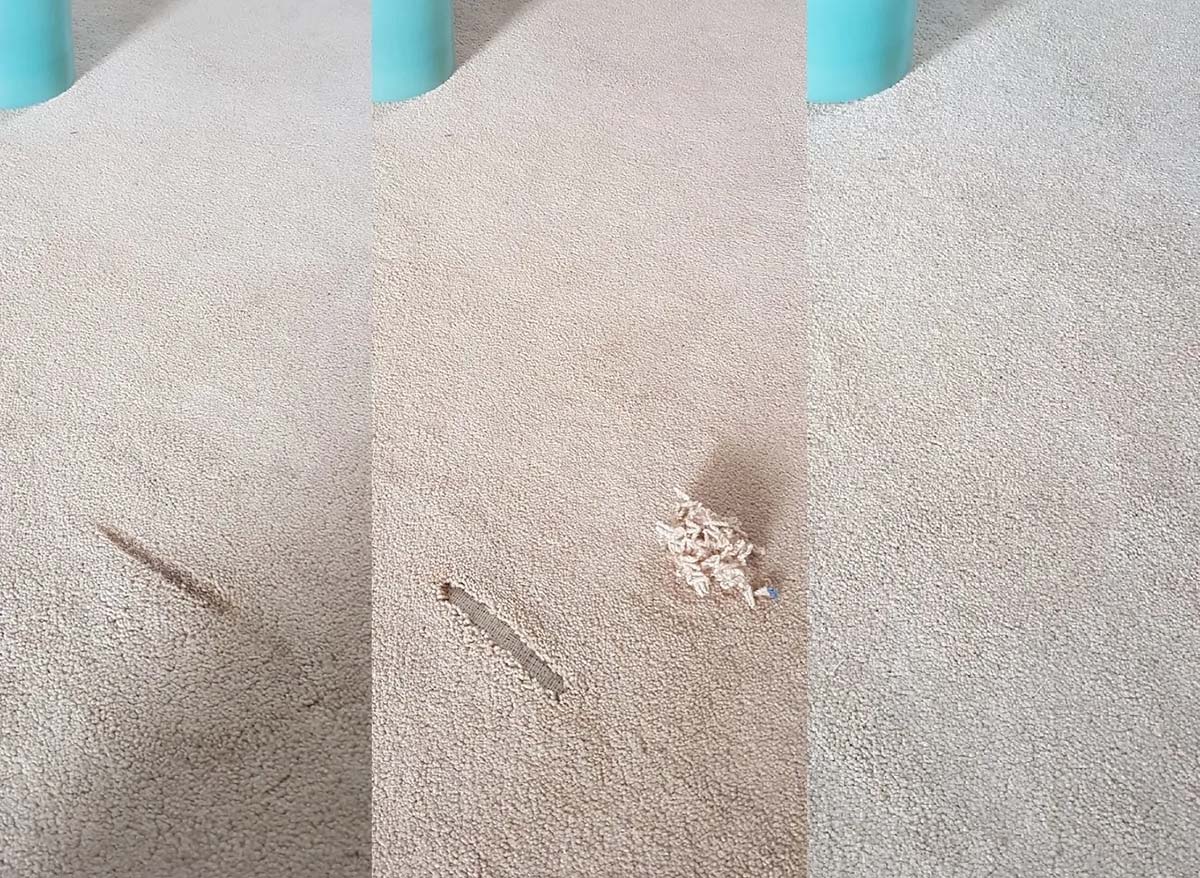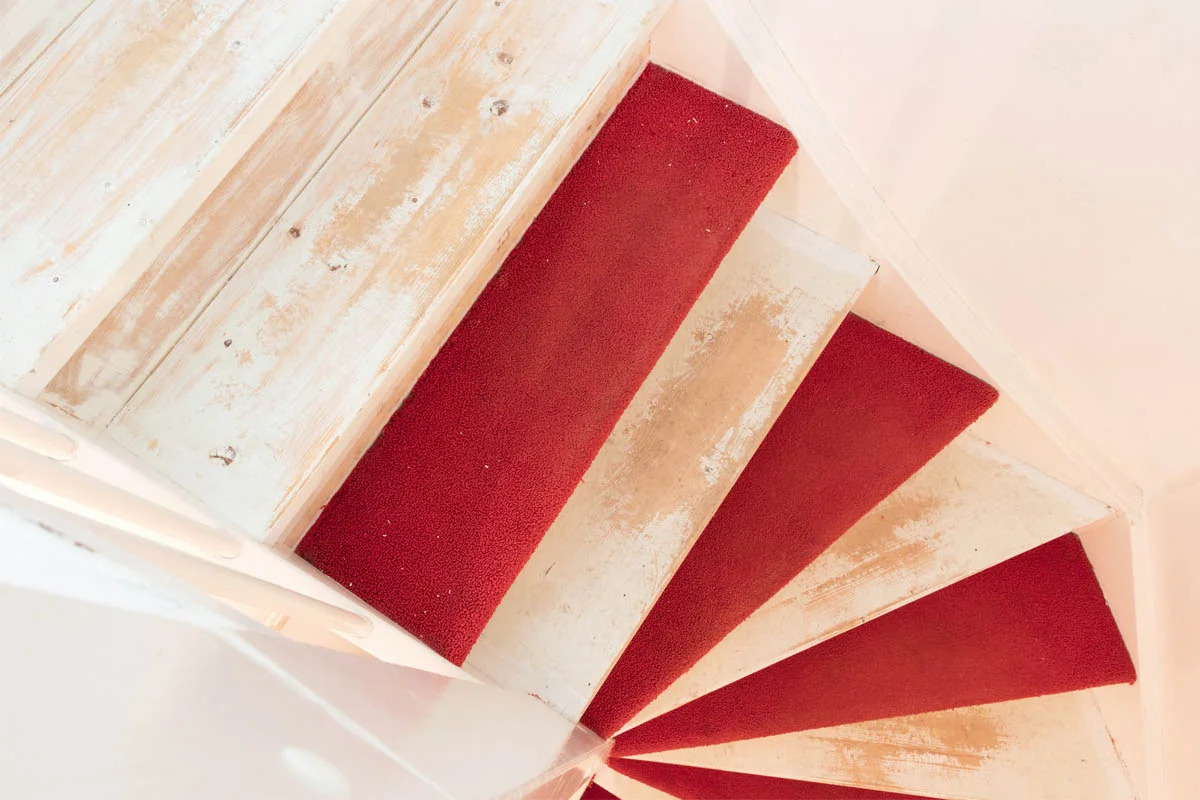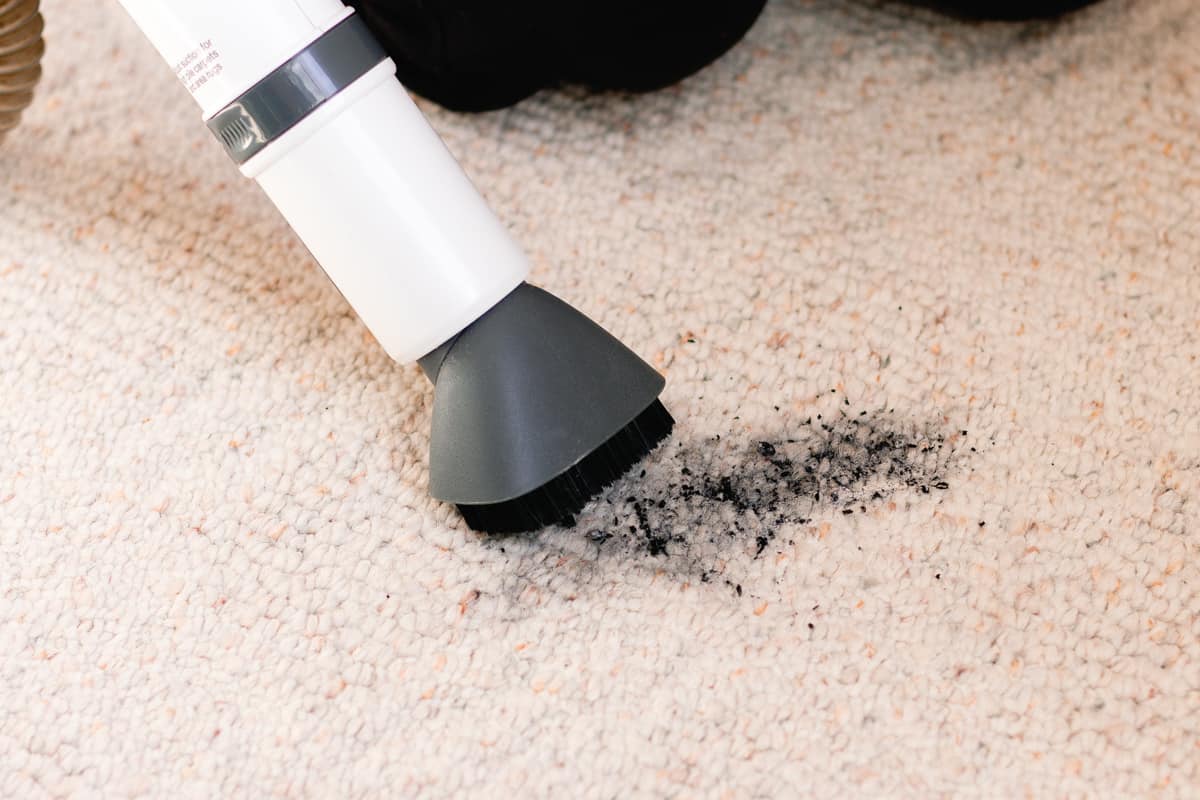Home>Articles>How To Remove Duct Tape Residue From The Carpet
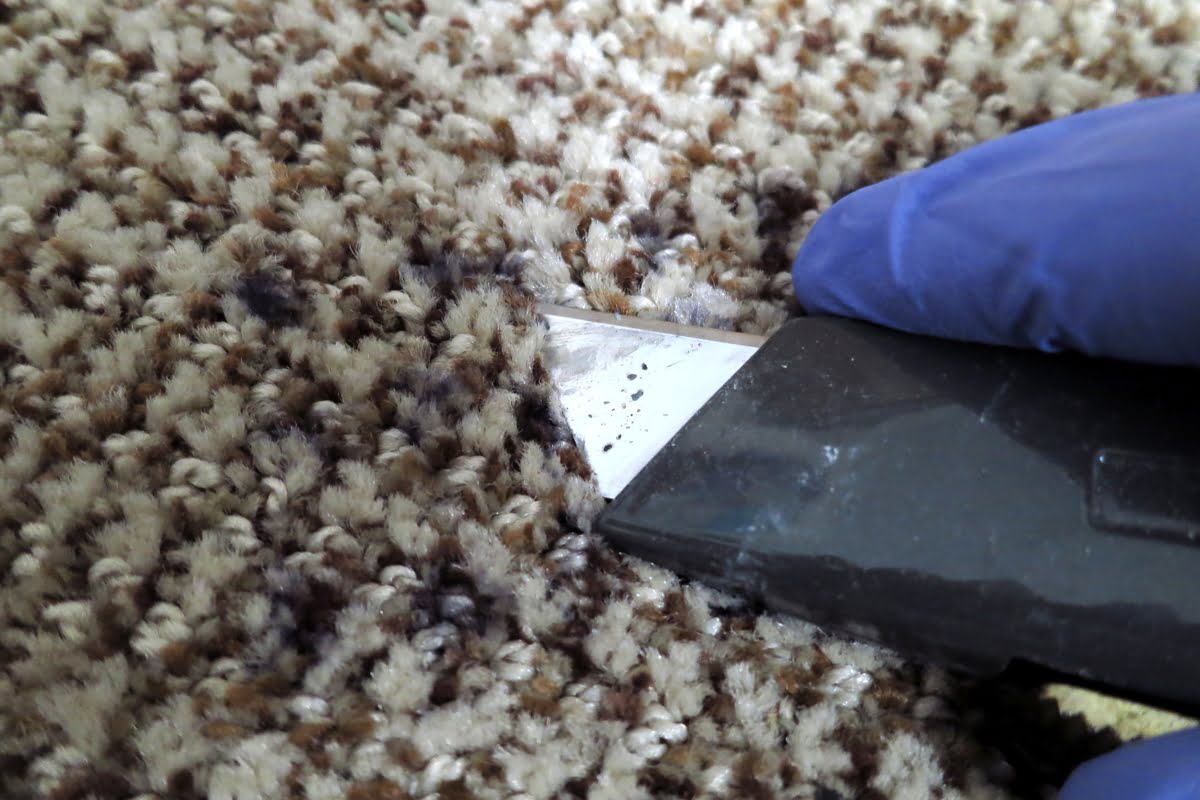

Articles
How To Remove Duct Tape Residue From The Carpet
Modified: January 9, 2024
Learn how to effectively remove duct tape residue from your carpet with these informative articles.
(Many of the links in this article redirect to a specific reviewed product. Your purchase of these products through affiliate links helps to generate commission for Storables.com, at no extra cost. Learn more)
Introduction
When it comes to home improvement projects or DIY repairs, duct tape is often a go-to solution for many people. Its strong adhesive properties make it perfect for temporarily fixing things or securing items together. However, once the tape is removed, it often leaves behind a sticky residue that can be unsightly and difficult to remove, especially when it gets stuck to your carpet.
But don’t worry, with the right materials and techniques, you can easily remove duct tape residue from your carpet without causing any damage. In this article, we will guide you through the step-by-step process of getting rid of duct tape residue and restoring the beauty of your carpet.
Before we begin, it’s important to note that the best approach for removing duct tape residue will depend on the type of carpet you have and the severity of the residue. It’s always a good idea to test any cleaning solution or method in a small, inconspicuous area of your carpet before applying it to the entire affected area. This will help you determine if there are any adverse effects on the carpet fibers or color.
Now let’s dive into the steps you can follow to effectively remove duct tape residue from your carpet. By following these steps, you’ll be able to get your carpet looking clean and pristine once again.
Key Takeaways:
- Say goodbye to stubborn duct tape residue on your carpet by following a step-by-step process using simple household materials and gentle cleaning techniques. Restore your carpet’s beauty without causing any damage.
- Test a small area before applying any cleaning solution to ensure the safety of your carpet. Remember to exercise caution, patience, and persistence throughout the removal process. Prevent future residue mishaps with helpful tips and precautions.
Read more: How To Remove Tape Residue From Glass
Step 1: Gathering the necessary materials
Before you can begin the process of removing duct tape residue from your carpet, you’ll need to gather a few essential materials. Having these items on hand will make the task much easier and more effective:
- Scotch tape or masking tape: You’ll need this to help lift the sticky residue off the carpet fibers.
- Paper towels or clean white cloths: These will be used to blot and absorb any excess liquid or cleaning solution.
- Isopropyl rubbing alcohol: This is a powerful solvent that can help break down the adhesive residue.
- Mild dish detergent: Choose a gentle dish detergent that doesn’t contain any harsh chemicals that could damage the carpet.
- Warm water: This will be used to dilute the cleaning solution and aid in the removal process.
- A clean sponge or soft-bristled brush: These tools will be used to scrub the carpet gently and remove the residue.
- Vacuum cleaner: It’s a good idea to have a vacuum cleaner nearby to clean up any loose dirt or particles before and after the removal process.
By gathering these materials beforehand, you’ll be well-prepared to tackle the task at hand and ensure a successful result.
Step 2: Testing a small area
Before you start treating the entire affected area, it’s crucial to test a small, inconspicuous area of your carpet to ensure that the cleaning method or solution you’re using doesn’t cause any damage or discoloration. This step is especially important if you’re dealing with a delicate or valuable carpet.
To test a small area:
- Choose a hidden corner of the carpet, such as behind a piece of furniture or in a closet.
- Apply a small amount of the cleaning solution (e.g., diluted rubbing alcohol) to a clean white cloth or paper towel.
- Gently blot the carpet in the selected area with the damp cloth, focusing on the residue or stain.
- Observe the carpet’s reaction. Look for any discoloration, fading, or damage to the fibers.
- If there are no adverse effects after a few minutes, it’s safe to proceed with the chosen cleaning method.
By performing this test, you can rest assured that the cleaning solution won’t cause any harm to your carpet. If you notice any negative reactions, discontinue the use of that particular method or solution and consider trying an alternative approach.
Remember, prevention is better than cure. Testing a small area before treating the entire affected area can save you from potential damage and a headache down the line.
Step 3: Applying a cleaning solution
Once you’ve successfully tested a small area and determined that the cleaning method is safe for your carpet, it’s time to apply the cleaning solution to the duct tape residue. The type of cleaning solution you use can vary depending on the severity of the residue and the materials you have available.
Here’s a simple and effective homemade cleaning solution that you can try:
- In a small bowl or bucket, mix together warm water and a few drops of mild dish detergent. The detergent should be gentle and free of harsh chemicals.
- If you’re dealing with stubborn residue, you can also add a small amount of isopropyl rubbing alcohol to the mixture. This will help break down the adhesive.
- Stir the solution gently to ensure the soap is well-distributed and dissolved.
Alternatively, if you prefer using a store-bought cleaning solution, make sure to read the instructions and follow them accordingly. Some carpet cleaning solutions are specifically designed for removing sticky residues.
Once you’ve prepared the cleaning solution, you’re ready to move on to the next step: applying it to the duct tape residue. Here’s how:
- Dip a clean sponge or cloth into the cleaning solution and wring out any excess liquid.
- Gently dab the sponge or cloth onto the sticky residue, making sure to saturate it without excessively wetting the carpet.
- Allow the cleaning solution to soak into the residue for a few minutes. This will help loosen it from the carpet fibers.
By applying a suitable cleaning solution, you’re taking a crucial step towards effectively removing the duct tape residue from your carpet. Proceed to the next step to further tackle the residue and restore the cleanliness of your carpet.
Step 4: Scrubbing the residue
After allowing the cleaning solution to soak into the duct tape residue for a few minutes, it’s time to gently scrub the area to help loosen and lift the sticky residue from the carpet fibers. However, it’s essential to approach this step with caution to avoid causing any damage to the carpet.
Here’s how you can effectively scrub the residue:
- Using a clean sponge or a soft-bristled brush, apply gentle pressure and scrub the affected area in a circular motion. Start from the outer edges of the residue and work your way towards the center.
- Continue scrubbing until the residue starts to break apart and lift off the carpet fibers.
- Be patient and avoid using excessive force as this can damage the carpet or push the residue deeper into the fibers.
- If necessary, you can reapply the cleaning solution and repeat the scrubbing process to further remove any stubborn residue.
As you scrub the residue, periodically check the sponge or brush for any buildup of residue. Rinse it out or replace it if necessary to ensure optimal cleaning efficiency.
Remember, the goal is to gently agitate the residue without causing unnecessary friction or damage to your carpet. By taking the time to scrub the residue carefully, you’ll ensure a more thorough removal and prevent any potential harm to the carpet fibers.
Once you’ve successfully scrubbed the residue, it’s time to move on to the next step: rinsing the carpet to remove any remaining residue and cleaning solution.
Use a cloth soaked in warm soapy water to gently dab at the duct tape residue on the carpet. Then, use a clean cloth to blot the area dry. If the residue persists, try using a small amount of rubbing alcohol on a cloth to gently rub the area until the residue is removed.
Read more: How To Remove Sticky Residue From A Carpet
Step 5: Rinse and repeat if necessary
After scrubbing the duct tape residue from your carpet, it’s important to rinse the area to remove any remaining residue and cleaning solution. This step helps to ensure that no sticky residue or cleaning agents are left behind, leaving your carpet clean and fresh.
Here’s how you can rinse the carpet effectively:
- Fill a clean bucket or container with warm water.
- Dampen a clean sponge or cloth with the water, making sure not to soak it.
- Gently blot the area where the residue was to rinse away any remaining residue and cleaning solution. Use a dabbing motion rather than rubbing or scrubbing.
- Continue rinsing until you no longer see any soapy residue or feel any stickiness on the carpet.
- If necessary, you can repeat the rinsing process with fresh water to ensure a thorough rinse.
Make sure to wring out the sponge or cloth well before applying it to the carpet. Excess water can lead to over-wetting the carpet, which may cause damage or prolong drying time.
Once you’ve rinsed the area, use clean paper towels or white cloths to blot any excess moisture from the carpet. This will help speed up the drying process and prevent any water from seeping into the carpet padding.
Depending on the severity of the residue, you may need to repeat the entire process, starting from Step 3, if there’s still some residue remaining on the carpet after the initial attempt. Persistence and thoroughness are key to achieving clean and residue-free results.
Once you’re satisfied with the cleanliness of the carpet, proceed to the next step to ensure proper drying.
Step 6: Drying the carpet
After removing the duct tape residue and rinsing the affected area, it’s crucial to properly dry the carpet to prevent any moisture-related issues such as mold or mildew growth. Adequate drying will also restore the carpet’s texture and prevent any lingering stickiness.
Here are some steps to effectively dry your carpet:
- Use clean paper towels or white cloths to blot the damp areas of the carpet. Press down firmly to absorb as much moisture as possible.
- Open windows or turn on fans in the room to promote air circulation. Keeping the room well-ventilated will help the carpet dry faster.
- If you have a dehumidifier, consider using it to further remove moisture from the air.
- Avoid walking on the damp carpet until it is completely dry to prevent re-soiling or flattening the fibers.
- Depending on the thickness of the carpet and the humidity levels in your home, the drying process may take several hours or even a day. Patience is key.
- Once the carpet is dry, vacuum the area to restore its texture and remove any remaining debris or loose fibers.
Keep in mind that using excessive heat, such as hair dryers or heaters, is not recommended as it can damage the carpet fibers. Allow the carpet to air dry naturally.
It’s also important to note that if you notice any lingering stickiness or residue after the carpet has dried, you may need to repeat the cleaning process. Sometimes, stubborn residue requires multiple attempts to fully remove.
By ensuring that your carpet is thoroughly dried, you’ll not only prevent any potential issues but also restore its appearance and texture.
Now that you’ve successfully removed the duct tape residue and dried the carpet, it’s time for the final step: tips and precautions for future care.
Step 7: Final tips and precautions
Congratulations! You’ve successfully removed the duct tape residue from your carpet. To maintain the cleanliness and prevent future sticky situations, here are some final tips and precautions:
- Quickly address any future spills or adhesive mishaps to minimize the chance of residue formation on your carpet.
- Avoid using strong solvents or abrasive cleaners on your carpet, as they can damage the fibers and cause discoloration.
- If you’re uncertain about the best cleaning method or solution for your specific carpet type, consult the manufacturer’s recommendations or seek professional advice.
- Regularly vacuum your carpet to remove loose dirt and debris that can attract and trap residue.
- If you’re moving furniture or objects on your carpet, avoid using duct tape as a temporary adhesive. Opt for floor protectors or furniture sliders instead.
- Consider applying a carpet protector or stain-resistant treatment to help prevent future stains and residue from adhering to the fibers.
- Periodically deep clean your carpet with a professional cleaner or a rented carpet cleaning machine to remove embedded dirt and maintain its overall cleanliness.
- Keep in mind that prevention is key. Consider using alternative methods or adhesives, such as removable adhesive strips or hooks, to avoid the need for duct tape on your carpet.
By following these tips and precautions, you can help prolong the cleanliness and beauty of your carpet, and minimize the chances of encountering stubborn residue in the future.
Remember, prevention, prompt action, and gentle cleaning techniques are essential for maintaining a clean and residue-free carpet. With these steps in mind, you can confidently address any duct tape residue and keep your carpet looking fresh and inviting.
Happy cleaning!
Conclusion
Removing duct tape residue from your carpet can seem like a daunting task, but with the right materials and techniques, it can be done effectively and without causing damage. By following the steps outlined in this article, you can successfully eliminate the sticky residue and restore the beauty of your carpet.
Remember to gather the necessary materials, test a small area beforehand, and apply a suitable cleaning solution. Take the time to gently scrub the residue and rinse the carpet thoroughly. Allow the carpet to dry completely before enjoying its renewed cleanliness.
Throughout the process, it’s important to exercise caution and be mindful of your carpet’s specific needs. Testing a small area first will protect against any potential damage, and using gentle cleaning methods will ensure the longevity of your carpet’s fibers.
By implementing the final tips and precautions, you can minimize the chances of future adhesive mishaps and keep your carpet looking its best. Regular maintenance and proper care will help maintain the cleanliness and beauty of your carpet for years to come.
With these steps and recommendations in mind, you can confidently tackle duct tape residue on your carpet and achieve a fresh, residue-free result. Don’t let sticky situations dampen the appearance of your carpet, but instead take action and restore its original splendor.
Remember, persistence and patience are key when it comes to removing duct tape residue. With the right approach, your carpet will be free from those pesky sticky leftovers and look as good as new.
So go ahead, take the necessary steps, and bid farewell to duct tape residue on your carpet. Enjoy a clean and pristine carpet that enhances the overall beauty of your home.
Frequently Asked Questions about How To Remove Duct Tape Residue From The Carpet
Was this page helpful?
At Storables.com, we guarantee accurate and reliable information. Our content, validated by Expert Board Contributors, is crafted following stringent Editorial Policies. We're committed to providing you with well-researched, expert-backed insights for all your informational needs.
